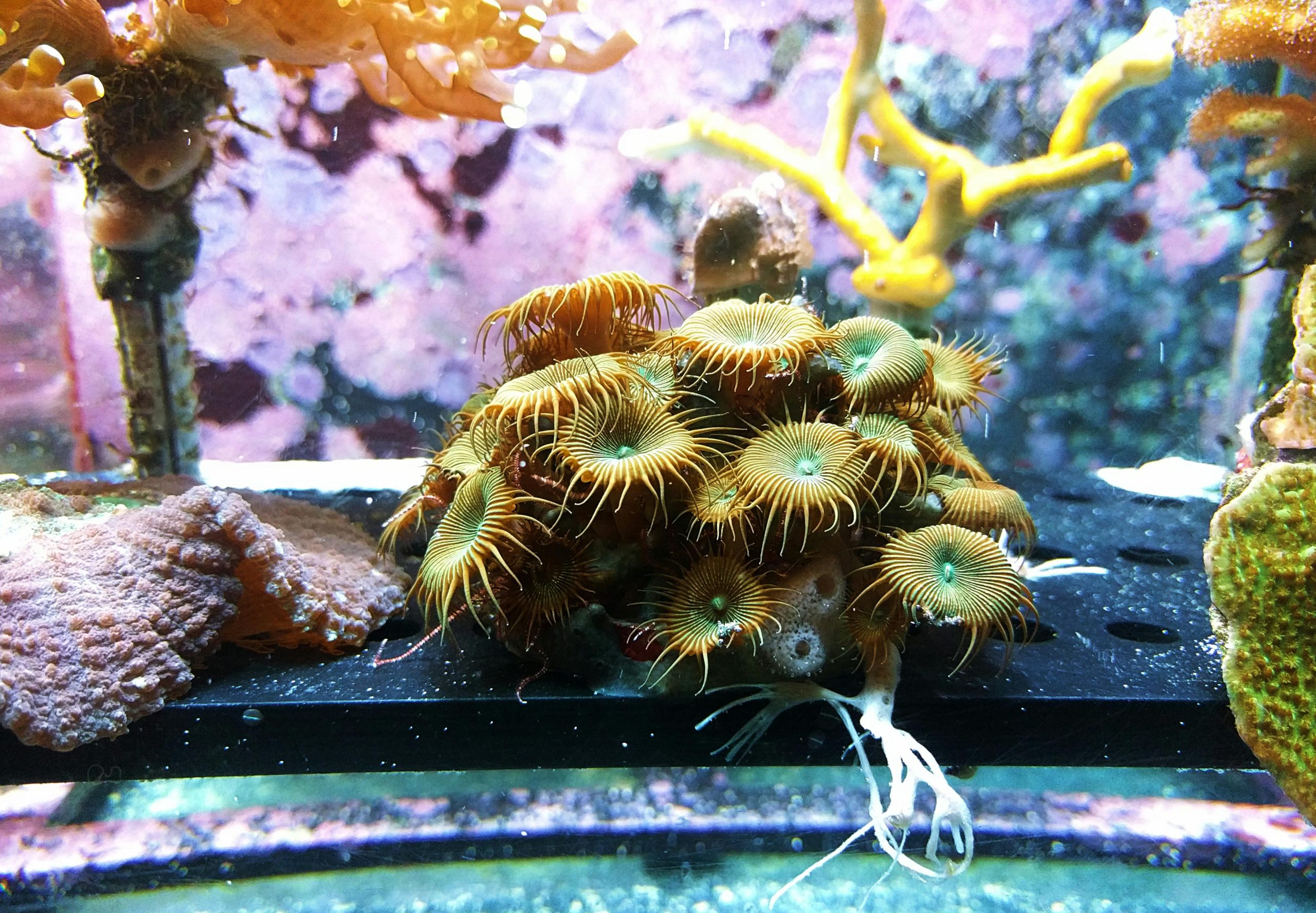Table of Contents
![]()
Aquariums are not just beautiful additions to our homes; they are delicate ecosystems that require careful maintenance and attention. One of the most troubling issues an aquarium owner can face is a leak. A leak can lead to significant water loss, damage to your home, and stress for your aquatic life. This article provides a detailed guide on how to identify, fix, and prevent leaks in your aquarium.
Identifying the Leak
Initial Signs
The first sign of a leak is often a noticeable drop in the water level of your aquarium. If you see puddles or wet areas around your tank, it is crucial to investigate further. You might also notice dampness on the floor or other surrounding surfaces.
Locating the Source
To find the source of the leak, start by inspecting the seams and corners of your tank. These areas are most prone to leaks due to the pressure of the water and the joints between glass panels. Also, check the bottom of the tank and the sides, where the water may be escaping.
Examine any equipment such as filters, heaters, or air pumps. Sometimes, these components can develop faults or loose connections that result in leaks.
Testing for Leaks
Dry the exterior of the tank thoroughly. Use paper towels or a dry cloth to detect where the moisture is coming from. Conduct a “dry test” by removing the water and inspecting the tank carefully. This will help you pinpoint the exact location of the leak.
Immediate Actions
Stop Water Flow
As soon as you detect a leak, turn off all electrical equipment such as filters and heaters to prevent any electrical hazards. If necessary, relocate your fish and other aquatic life to a temporary holding tank or containers to ensure their safety.
Contain the Leak
To manage the spillage, use towels or absorbent materials to soak up the excess water. Place containers or buckets under the affected area to catch any dripping water. This helps minimize water damage to your home.
Assess Damage
Evaluate the extent of the water loss and inspect if any equipment or decorations inside the tank need to be removed. This assessment will help you determine the next steps in managing the leak.
Temporary Solutions
Quick Fixes
For minor leaks, you can use aquarium-safe sealant or silicone to make a temporary repair. These products are designed to adhere to wet surfaces and can be effective for small leaks. Another temporary measure is applying waterproof tape to cover the affected area.
Reinforcement
If the leak is still persisting after applying a quick fix, reinforce the area with a temporary patch. This should be closely monitored to ensure it remains effective and stable until a permanent solution is implemented.
Permanent Repairs
Draining the Aquarium
To make permanent repairs, first, you need to safely remove your aquatic life. Transfer your fish and plants to temporary habitats or holding tanks. Next, drain the water from the aquarium carefully to avoid stressing the remaining fish and to prepare the tank for repairs.
Repairing the Tank
Clean and dry the area around the leak thoroughly. Apply aquarium-safe sealant or silicone to the affected area, following the manufacturer’s instructions. Ensure that you allow the sealant to cure completely, which can take several hours to a full day, depending on the product used.
Reassembling the Aquarium
Once the sealant is fully cured, refill the tank slowly with water. This gradual process helps you monitor for any residual leaks. Reintroduce your aquatic life back into the tank gradually to minimize stress and ensure that the repair is holding.
Preventing Future Leaks
Regular Maintenance
To prevent future leaks, inspect the seams and equipment of your aquarium regularly. Look for signs of wear or deterioration, which could indicate potential issues. Regular maintenance helps in catching problems before they escalate.
Proper Setup
Ensure that your aquarium is set up properly. This includes ensuring that the tank is level and securely placed. Using high-quality aquarium accessories and equipment can also reduce the risk of leaks.
Routine Checks
Conduct periodic leak tests, especially after moving or cleaning the tank. Monitor water levels and the integrity of the aquarium regularly to detect any issues early.
Dealing with Severe Damage
Consult Professionals
In cases where the tank has severe damage or if you’re unable to repair it yourself, consult a professional aquarium technician. They can provide expert advice and services to address the problem.
Replacing the Tank
If the tank is beyond repair, you may need to replace it. Ensure a proper transfer of your aquatic life to a new tank, taking care to match water conditions and acclimate the fish gradually.
Conclusion
Addressing a leak in your aquarium promptly is essential to maintaining the health of your aquatic life and the safety of your home. By following the steps outlined in this guide, you can effectively manage, repair, and prevent leaks, ensuring a stable and healthy environment for your fish and plants.
Share This





Be the first to comment